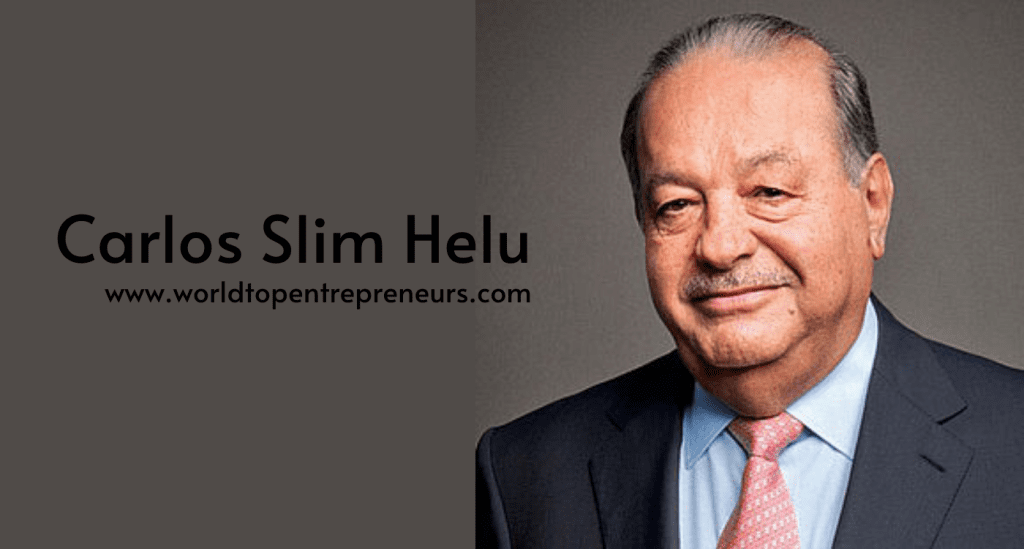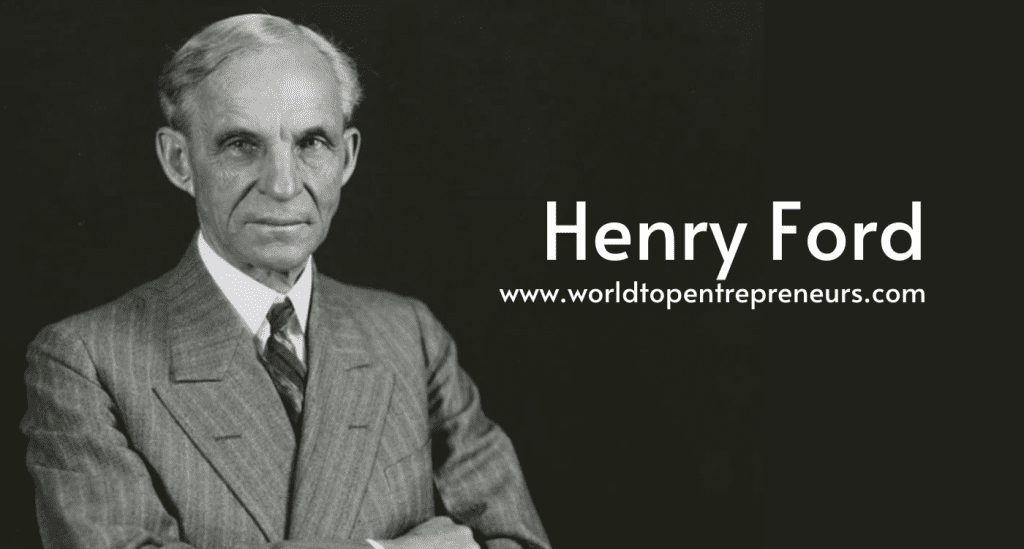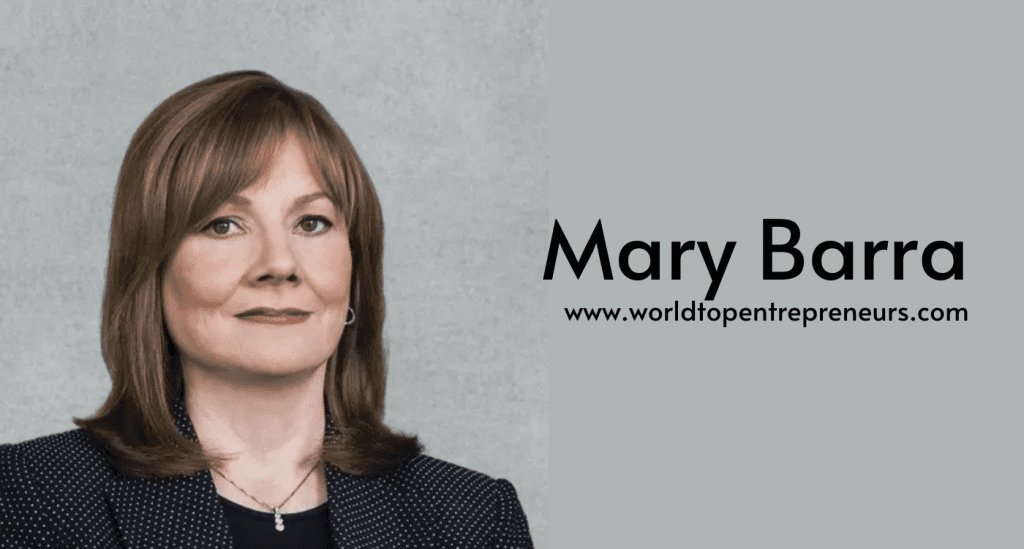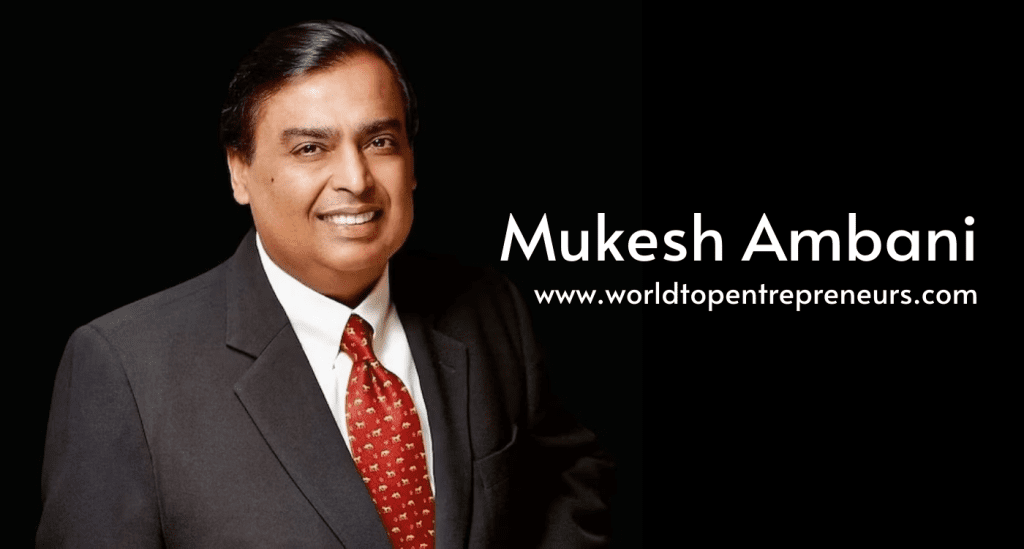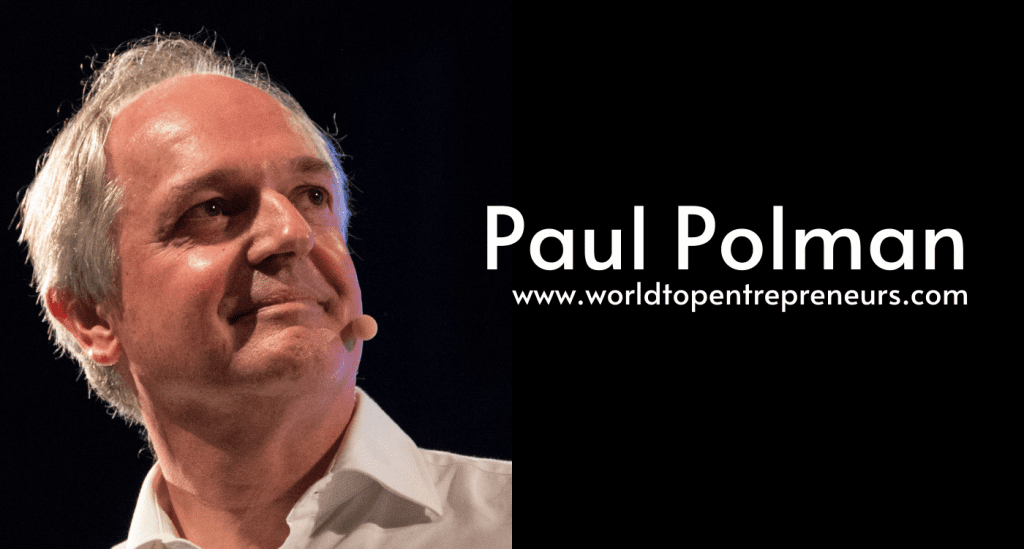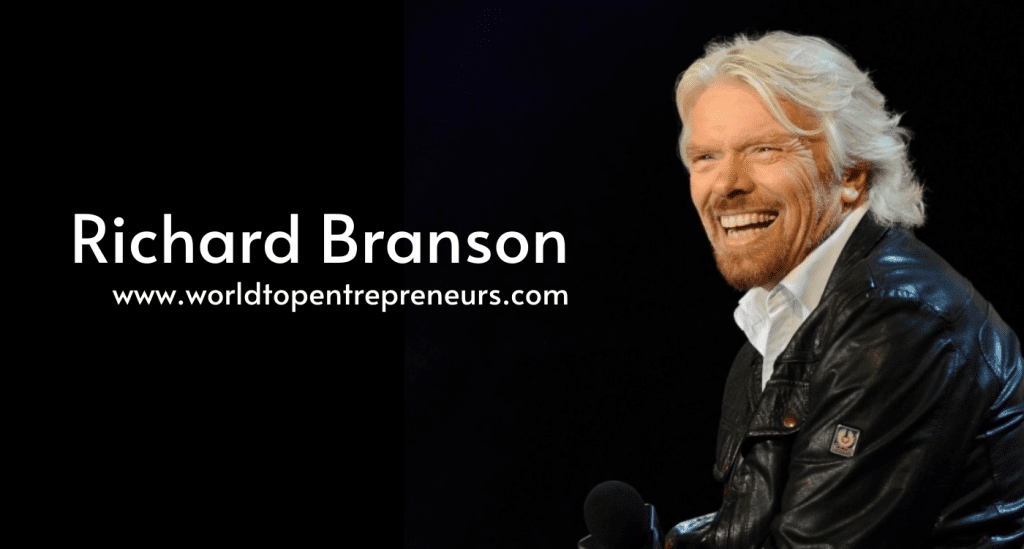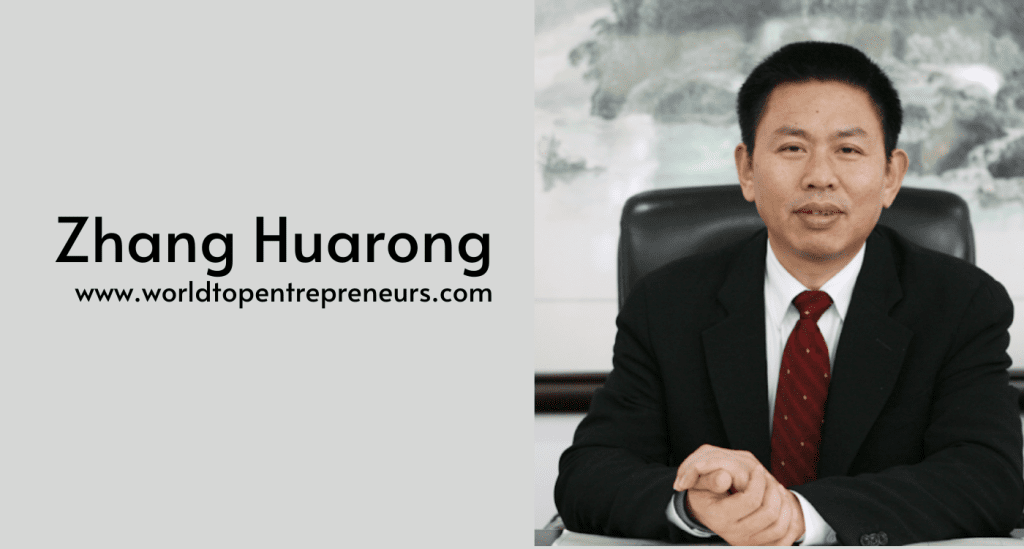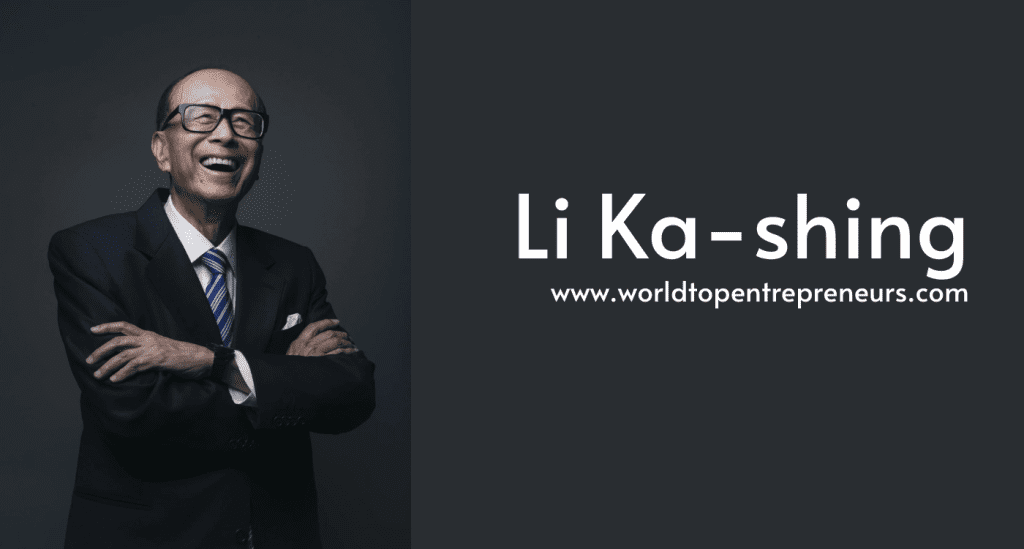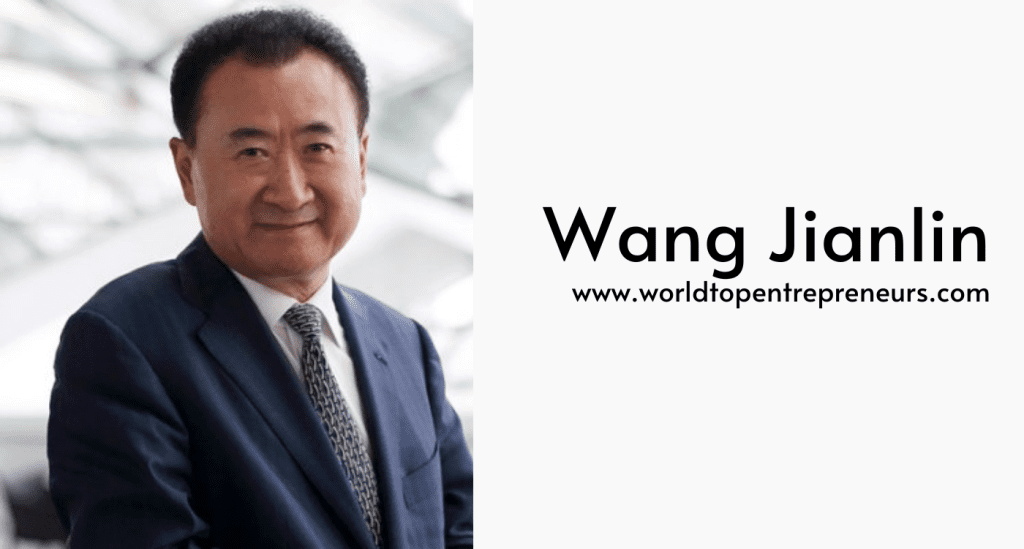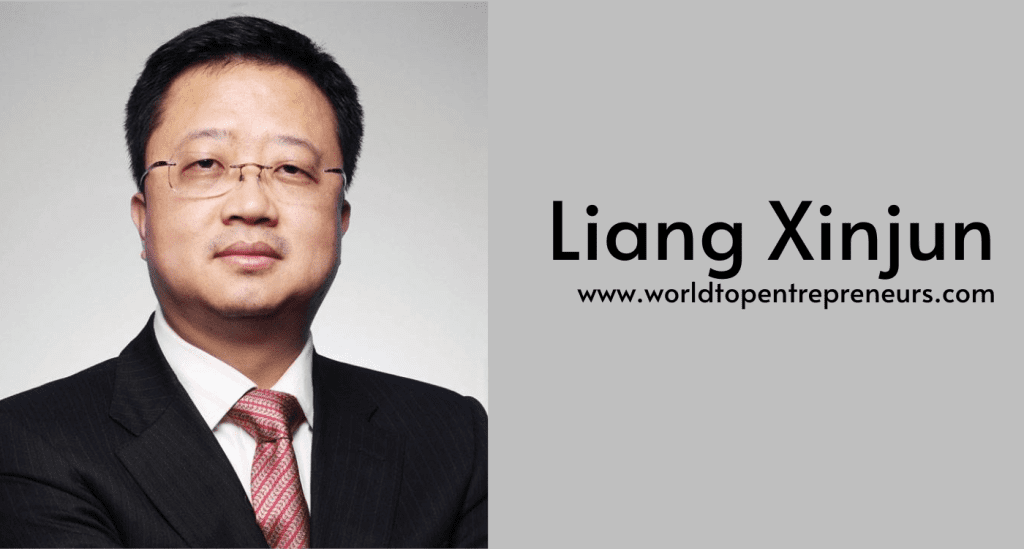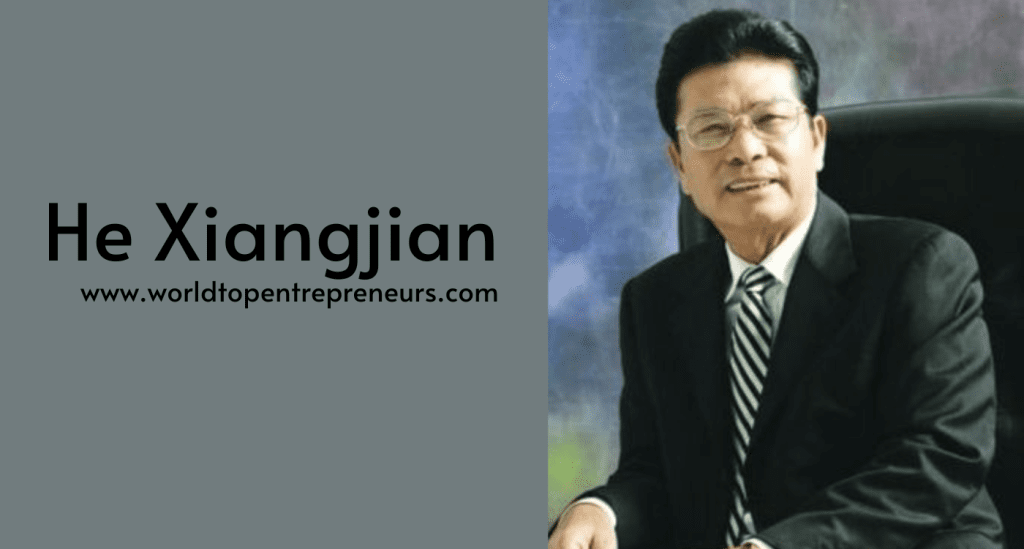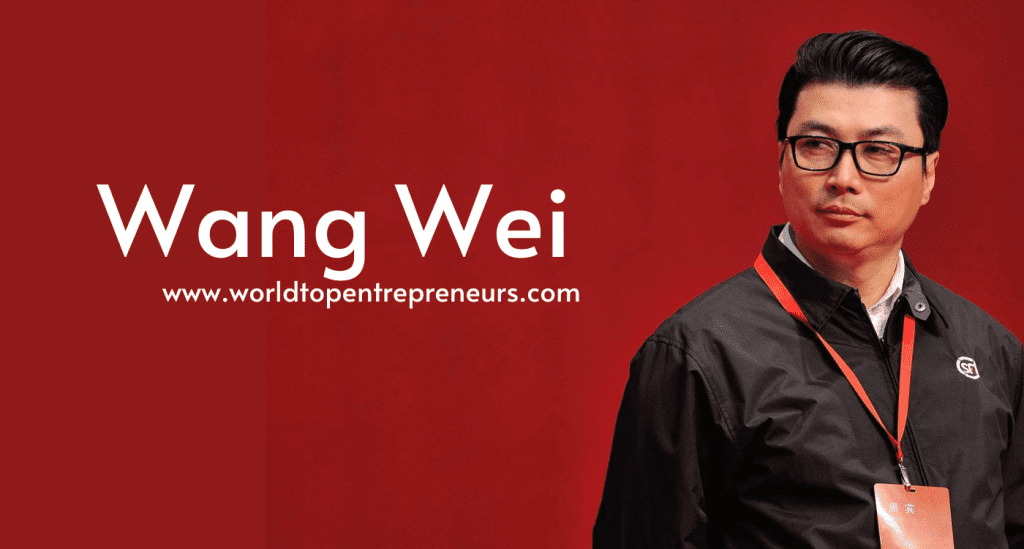Alexey Mordashov is one of Russia’s most influential business figures, best known as the driving force behind Severstal, one of the world’s largest steel producers. Over the course of his career, Mordashov has transformed Severstal from a relatively small, state-owned enterprise into a globally recognized player in the steel industry. His entrepreneurial journey is marked by visionary leadership, strategic acquisitions, and a focus on operational efficiency. As a result, Severstal has not only thrived in the Russian market but has expanded its reach across Europe, North America, and beyond.
In this blog, we will explore Alexey Mordashov’s entrepreneurial path, his educational background, the key moments that shaped his business career, and the challenges and successes that defined his leadership at Severstal.
Early Life and Educational Background
Alexey Alexandrovich Mordashov was born on September 26, 1965, in the city of Cherepovets, Russia, in the region of Vologda. Cherepovets, known for its large steel production industry, was a fitting birthplace for a man who would go on to become one of the world’s leading figures in the steel industry. Mordashov’s early exposure to the steel manufacturing environment would influence his later career decisions.
Mordashov’s educational journey began at the Leningrad Engineering-Economical Institute, where he graduated in 1988 with a degree in engineering economics. His education provided him with a solid understanding of both technical and business aspects, equipping him with the skills necessary to navigate the intersection of industrial manufacturing and corporate management.
In the early years of his career, Mordashov worked in various roles related to economics and management, honing his understanding of the economic and operational dynamics of large industrial enterprises. His background in engineering economics would later help him manage the financial and strategic growth of Severstal, enabling him to make well-informed decisions in a highly competitive industry.
Early Career and Entry into Severstal
Mordashov began his professional career at the Cherepovets Steel Mill, where he initially worked as an economist. He quickly moved up the ranks within the company due to his ability to understand both the technical side of the business and the financial mechanisms that governed its operation. By the early 1990s, as the Soviet Union dissolved and Russia entered a period of transition, Mordashov had established himself as a capable and forward-thinking executive within the steel industry.
In 1992, during the early years of Russia’s transition to a market economy, Mordashov took a significant step in his career when he joined Severstal, a state-owned steel company. At the time, Severstal was a major producer of steel but lacked the competitive edge and efficiency that could enable it to thrive in the newly privatized, free-market economy.
Mordashov’s entry into Severstal marked the beginning of a long and transformative journey. He quickly understood the importance of privatization and corporate restructuring in order to make Severstal more competitive both domestically and internationally. This vision would ultimately guide his leadership strategy and set the stage for his future success.
Transforming Severstal: Leadership and Strategy
Mordashov’s strategic approach to leading Severstal began in earnest in the mid-1990s, when he assumed a leadership role within the company. The Russian economy at the time was rife with uncertainty, as it shifted away from the centralized, state-controlled system of the Soviet era. Despite these challenges, Mordashov saw opportunities to modernize and globalize Severstal.
In 2002, Mordashov became the CEO of Severstal. His immediate focus was on improving operational efficiency and expanding the company’s product portfolio. He realized that to become competitive on a global scale, Severstal needed to improve its technology and production processes while expanding into international markets.
One of Mordashov’s first major moves was to acquire Western assets, allowing Severstal to gain access to international markets and technology. In 2006, Severstal made one of its most significant acquisitions when it purchased the Canadian steelmaker LTV Steel in a deal worth over $3 billion. This acquisition marked a turning point for Severstal, as it gained control over plants and assets in North America, increasing its market share and diversification.
Mordashov also understood the importance of vertical integration, and he worked to consolidate the company’s operations by acquiring key suppliers and distributors. Severstal’s growth strategy was focused on both expanding its capacity to produce steel and on creating a more efficient and self-sustaining supply chain. This strategy enabled the company to weather price fluctuations and production bottlenecks, maintaining profitability even during periods of global market instability.
Struggles and Challenges
Despite the significant progress made under Mordashov’s leadership, his entrepreneurial journey was not without its challenges. One of the biggest hurdles Severstal faced during Mordashov’s tenure was the volatility of the global steel market. The steel industry is highly cyclical, with prices fluctuating based on global demand, particularly from emerging markets like China and India.
In the late 2000s, Severstal faced a major challenge when steel prices dropped due to a slowdown in demand and the global financial crisis. This posed a significant threat to Severstal’s profitability, particularly after the company had made large investments in international expansion. While many competitors struggled to survive the downturn, Mordashov’s focus on operational efficiency and diversification helped Severstal remain resilient.
Another significant challenge came from geopolitical tensions and the complex regulatory environment in Russia. As a major industrial enterprise with a global footprint, Severstal was often subject to Russian government policies, tax regulations, and international sanctions. In addition, the political climate at home and abroad created risks for a company like Severstal, which relied on foreign investments and international trade.
Despite these difficulties, Mordashov proved to be a pragmatic and resilient leader. His ability to navigate these challenges and adapt to shifting market conditions has been a defining feature of his leadership style.
Successes and Achievements
Alexey Mordashov’s tenure at Severstal has been marked by numerous successes, both in terms of company performance and his broader impact on the global steel industry. Some of his most notable achievements include:
- Global Expansion and Acquisitions: Mordashov’s strategic acquisitions and partnerships helped transform Severstal into a global steel powerhouse. By acquiring international assets, such as LTV Steel and later the Brazilian steelmaker Gerdau, Severstal expanded its presence in North America and South America, significantly boosting its market share and production capacity.
- Technological Advancements: Under Mordashov’s leadership, Severstal invested heavily in modernizing its production facilities, adopting cutting-edge technologies to improve both the quality and efficiency of its steel production. This investment in innovation helped Severstal stay competitive in a global market that increasingly demanded high-quality, cost-effective products.
- Resilience During Economic Crisis: During the 2008 financial crisis, when steel prices plummeted and demand faltered, Severstal managed to maintain a strong position. The company’s diversified portfolio, focus on efficiency, and global operations helped it weather the storm better than many of its competitors.
- Focus on Sustainability: Mordashov has also emphasized sustainability and environmental responsibility at Severstal. The company has undertaken initiatives to reduce its carbon footprint and implement eco-friendly technologies in steel production, responding to both environmental concerns and regulatory pressures.
- Philanthropic Efforts: Outside of business, Mordashov has been involved in philanthropic activities, particularly in the areas of education, healthcare, and culture. He has supported various social projects, particularly in the Cherepovets region, contributing to the development of local infrastructure and education.
Severstal Today and Legacy
Under Alexey Mordashov’s leadership, Severstal has become a global leader in the steel industry, with a market capitalization of several billion dollars. The company operates production facilities across Russia, North America, and Europe, and its products are used in a wide range of industries, from automobiles and construction to appliances and energy.
Mordashov’s legacy is defined by his ability to turn Severstal into one of the most successful privately held steel companies in the world. His strategic focus on global expansion, technological innovation, and operational efficiency transformed Severstal from a domestic Russian player into a major force on the world stage.
Conclusion
Alexey Mordashov’s entrepreneurial journey is a testament to the power of strategic vision, resilience, and innovation in the highly competitive steel industry. From his early days as an economist in the Soviet era to his rise as the CEO of Severstal, Mordashov has consistently demonstrated his ability to navigate challenges and capitalize on opportunities. His leadership has not only shaped Severstal into a leading global steel producer but has also had a lasting impact on Russia’s industrial sector and the global steel market. As Mordashov continues to steer Severstal forward, his legacy as one of Russia’s most successful business leaders is secure.




